Monthly Malar
Monthly malar , e-magazine in tamil which narrate about the temple activities and god which is being issued every month.
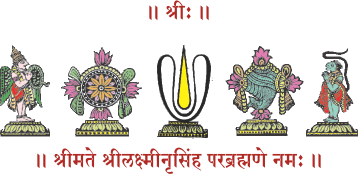








Sri Vaidhya Veeraraghava Swamy Temple at Thiruvallur is one of the 108 Sri Vaishnavaite Thiruthalams. The sthala is also the 21st Thiruthalam in Thondainadu, and is praised in verses by two of the twelve Alvars - Thirumangai Alvar and Thirumzhisai Alvar which are referred to as Divya Prabandham.Swamy Sri Desikan has also praised the deity in his Kingruhesa Stuthi.
The legend connected with this temple says, that one Thai Amavasyai day a wandering sage named Salihotran reached Thiruvallur where he met a congregation of sages. They were engaged in taking bath in the tank Hrith-Thapa-Nasini and he was also advised to take bath before performing his daily rituals. The bath changed the mind and Sri Salihotran decided to stay at the bank of that Holy tank and start a penance without food or water for one year. The next year on the same Pushya Amavasya day he completed his penance and took a holy dip in the Hrith-Thapa-Nasini tank and observed his morning prayers. As he was fasting for one year without food and drink, he collected on that day some paddy and prepared prasadam using rice flour.

At this juncture Lord Narayana took the form of an old Brahmin and came the way where
Salihotran was waiting to offer a share to a guest. He immediately offered the food to the
Brahmin who ate up the offering. Salihotran understood that the old Brahmin was very hungry and
immediately offered his share also to the guest too. The guest was satisfied and left the
place. Another one year of penance continued without any food and drink. Again on the day of
Pushya Amavasya Salihotran took his holy bath and after his prayers prepared food as he did the
previous year.
On request from Salihotra Maharishi, the Lord promised that he would permanently stay there
and that he would bless and relieve everyone who prays to him after taking bath in the tank of
his/her diseases and miseries. Hence He is called Sri Vaidhya Veeraraghava Swamy.
In Puranas this city is referred as ‘Veekshaaranya kshetram’. Since the Lord Sriman Narayana
visited the hut of Salihotra Maharishi and asked, ‘where can I rest ?’ – ‘kim grihm?, in
Sanskrit, the place was also called ‘Kingrihapuram, or ‘Thiru Evvul’ in Tamil. Sriman Narayana
dwells here with the names,SriVeeraraghavan, Evvul Kidandhan and Kingrihesan. His consort is
Kanakavalli or Vasumathi. The holy Tank or Pushkarani is called ‘Hrith-Thaapa-Nasini’, with
potential to cure mental agony and physical illness of those who faithfully take a dip in this
tank and have darshan of Sri Veeraraghavan.
The twelve Alwars, the Tamil saints have sung on the deities of 108 kshetrams (including
the Milky Ocean and and Srivaikuntam, the ultimate destination of all jiva-s). These are called
Divya Desams or most Divine Places. Thiruvallur is one among them.

Earlier this temple was administered by different dynasties like Pallava, Vijayanagara, Naicks etc. Later the management came to Sri Ahobila Math, an ancient religious institution of 600 years standing with a hoary past. The Peetathipathy of Sri Ahobila Math is called Sri Azhagiyasingar, adopting the name of the Lord Narasimha, the presiding deity of the Math. Sri Azhagiyasingars are the Hereditary Trustees of Sri Veeraraghava Swamy Devasthanam. The present 46th Jeer, Sri Ranganatha Yatindra Mahadesikan, is holding this post. The Hereditary Trustee manages the affairs of the Devashanam in an exemplary manner. Under his guidance only the Major renovation of the Temple was taken up early in 2014 and the consecration was held in fitting manner in June 2015.
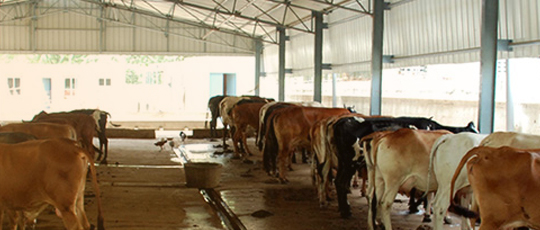
Cattle raising and dairying is practiced in the country by various interests. There are single farmers owning couple of bullocks and two or three milch animals with their calves. Rural milk producers normally have a total of about 20 or more milch animals, and goshalas and other organized milk producers; and large dairy farms. Number of Temples, religious and similar philanthropic institutions also maintains Goshalas for the sheer protection of cows also maintains a Goshala. The Goshala was inside the Temple premises till early 2013, when the total no of cattle was less than 15.
Read More
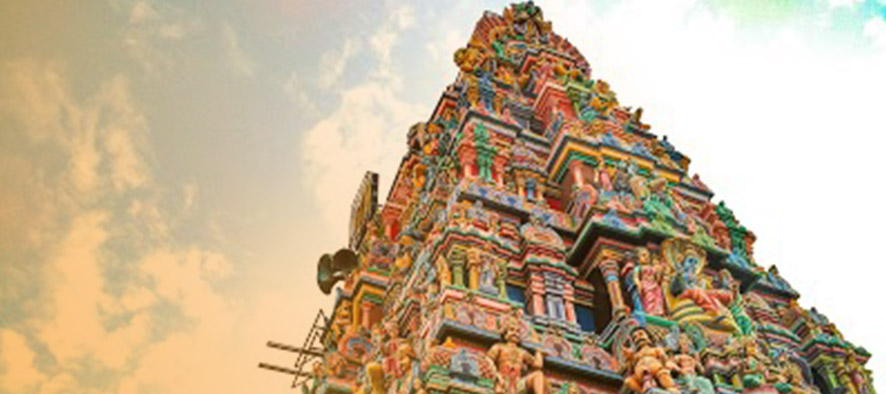
As per Endowment requirement the main temple renovation should be done once in twelve years. Earlier one was done in the year 1998 and the previous one as early as 1958. The initial study revealed ‘that major restoration work was needed. The temple administration prepared itself for something challenging and tough. Appropriate methods, technical expertise and services of varied artisans who have special skills and training were invited to form an expert team. The temple is renowned because of significance of the Kshetram, past legacy and heritage, sculptural wealth. And above all the power and influence of Sri Veeraraghavan over His devotees due to his absolute compassion.
Read More
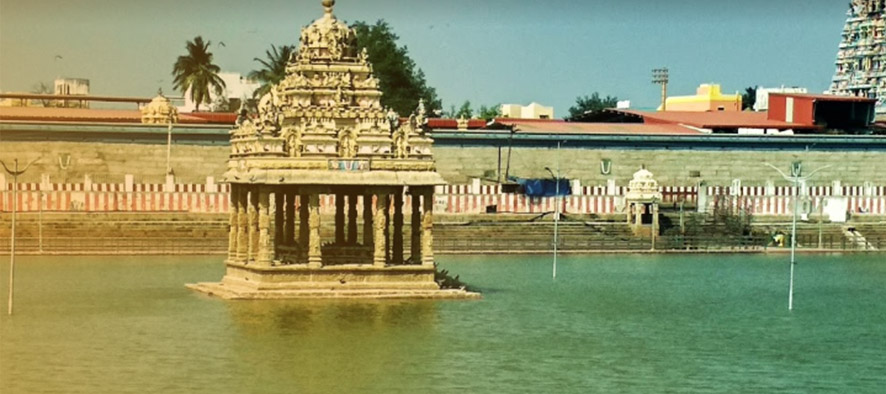
At Thiruvallur Sri Veeraraghava swamy Devasthanam the temple and tank are inseparable. The tank is an important site for cultural and religious activities. Earlier years the Temple tank was rehabilated by rainwater harvesting in. In turn the tank water recharges helps the groundwater recharge. Temple tanks occupy a prime position in the day to day living of the people. Water storage has been dry in the Veeraraghavaswamy Temple tank for the past more than four decades due to rapid urbanization and continuous withdrawal of groundwater. At the instance of Srimad Azhagiyasingar, the 46th Jeer of Sri Ahobila Math, it was decided to rehabilitate the tank.
Read More
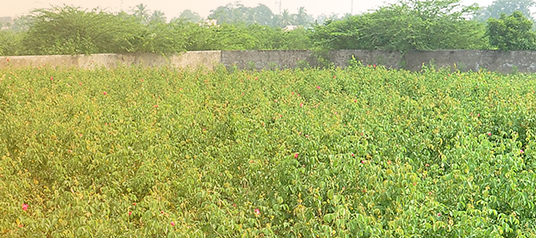
Cattle raising and dairying is practiced in the country by various interests. There are single farmers owning couple of bullocks and two or three milch animals with their calves. Rural milk producers normally have a total of about 20 or more milch animals, and goshalas and other organized milk producers; and large dairy farms. Number of Temples, religious and similar philanthropic institutions also maintains Goshalas for the sheer protection of cows also maintains a Goshala. The Goshala was inside the Temple premises till early 2013, when the total no of cattle was less than 15.
Read More